Protected areas cover a sixth of Earth's land and freshwater
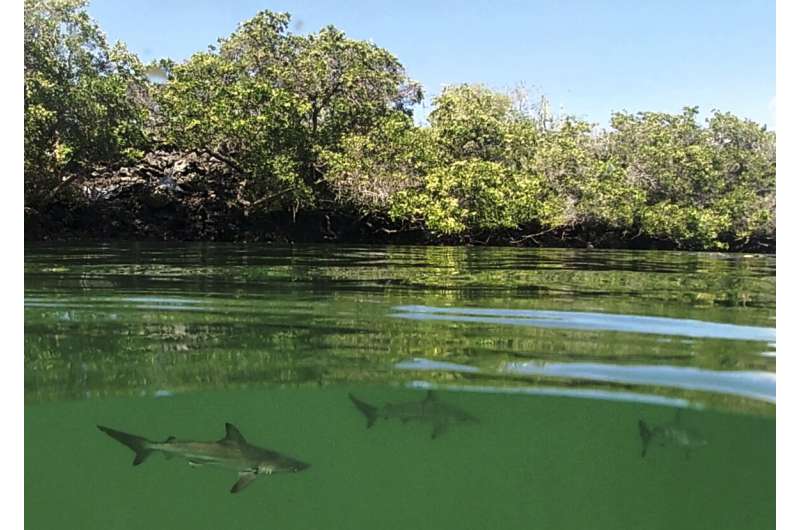
Roughly a sixth of the planet's land and freshwater area now lies within protected or conservation areas, according to a United Nations report released Wednesday.
Next comes the hard part. The world needs to ensure that those regions are actually effectively managed to stabilize the climate and to curb biodiversity loss while also increasing the total area of protected places, scientists say.
"Protected and conserved areas play a crucial role in tackling biodiversity loss," said Neville Ash, director of the U.N. Environment Programme World Conservation Monitoring Centre, which produced the report. But simply drawing lines on a map isn't enough. Conservation areas "need to be effectively managed and equitably governed," he said.
The " Protected Planet " report also found that about 8% of coastal and ocean waters are within protected areas.
"There has been a substantial increase in the protection of marine ecosystems in the past decade. But the protection of land areas hasn't increased as much in that time," said Stuart Pimm, an ecologist at Duke University, who was not involved in the report.
"What we really need to know about is the quality of the protected areas—not just the quantity of square miles," Pimm added.
-
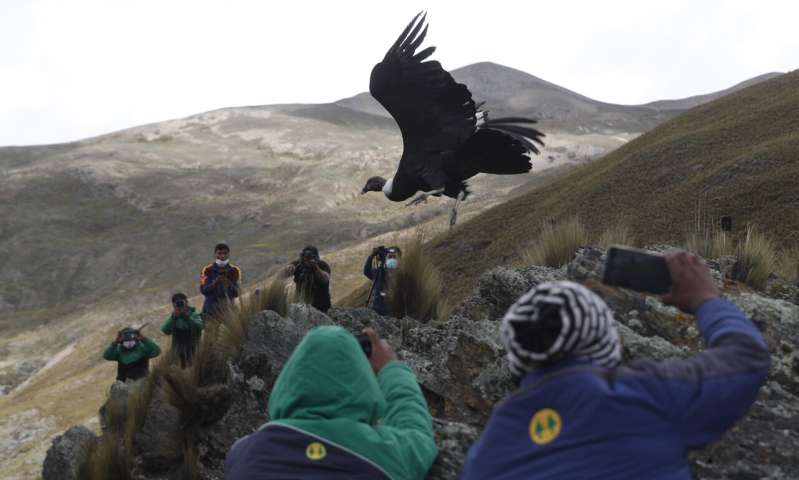
In this Tuesday, Feb. 23, 2021 file photo, journalists and scientists document the release of an Andean condor into the wild by Bolivian veterinarians, on the outskirts of Choquekhota, Bolivia. Two endangered Bolivian condors were released after recovering from a fall in February, as part of a project run by a state conservation program for the Andean condor. Credit: AP Photo/Juan Karita, File -
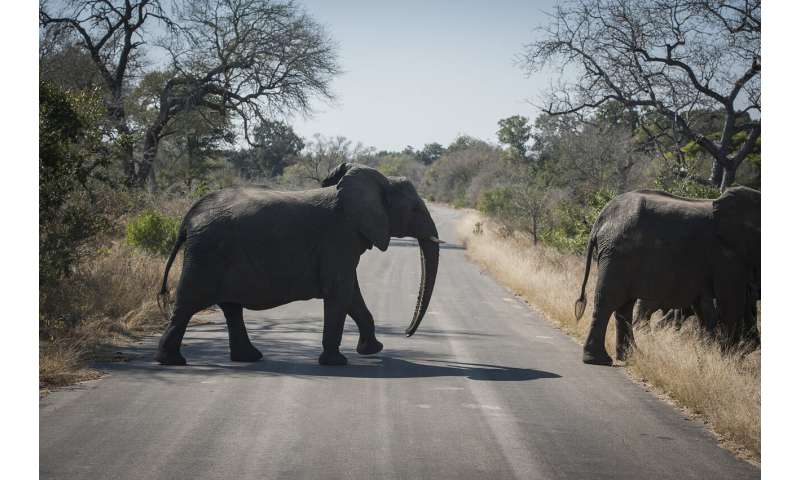
In this Wednesday, July 29, 2020 file photo, elephants cross the road in the Kruger National Park, South Africa. Animals have had the country's world-famous wildlife parks to themselves because of lockdown rules that barred international tourists and made it illegal for South Africans to travel between provinces for vacations. Credit: AP Photo/Shiraaz Mohamed, File -

In this Feb. 4, 2017 file photo, a group of women from the "hargila army" walk to attend an awareness meeting on protecting the Greater Adjutant Stork in Dadara village, west of Gauhati, India. For decades the big and awkward looking carnivore and scavenging bird was the object of revulsion in its home in northeast India until a group of women took it upon themselves to save the endangered bird. Credit: AP Photo/Anupam Nath, File -
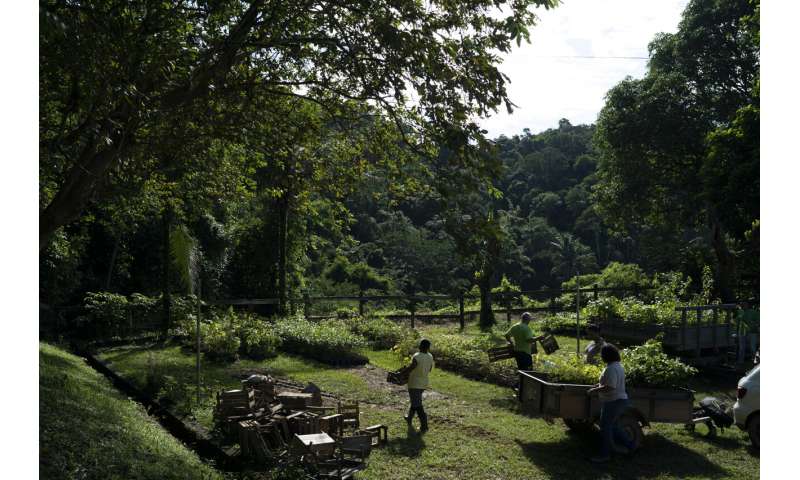
In this Tuesday, April 16, 2019 file photo, Maria Coelho da Fonseca Machado Moraes, nicknamed Dona Graça, delivers young trees that she raised, to the ONG Golden Lion Tamarin Association in Silva Jardim, Brazil. She collaborates with a nonprofit group called Save the Golden Lion Tamarin, which works to protect and restore the forest habitat of the endangered namesake monkey. Credit: AP Photo/Leo Correa, File -
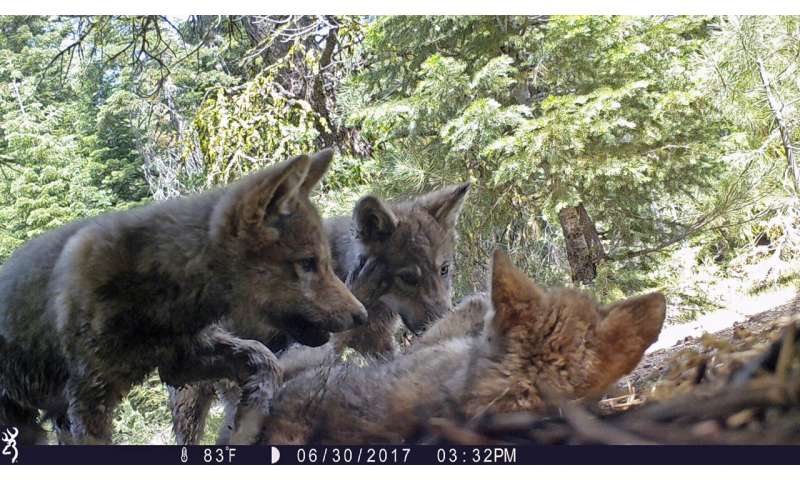
This June 30, 2017 remote camera image released by the U.S. Forest Service shows a female gray wolf and her mate with a pup born in 2017 in the wilds of Lassen National Forest in Northern California, A California judge has upheld protection for gray wolves under the state's Endangered Species Act, rejecting a challenge from ranchers and farmers. The judge in San Diego ruled Monday, Jan. 28, 2019 that California was right when it listed wolves as endangered in 2014. Credit: U.S. Forest Service via AP, File
"It is nowhere near enough," said Charles Barber, senior biodiversity advisor for the World Resources Institute, who was not involved in the report. "We need to conserve half of the Earth if we are going to maintain the basic biological operating system'" of the planet.
Several scientific and environmental groups are now calling for 30% or 50% of the planet to be protected. Earlier this month, President Joe Biden set a goal of conserving at least 30% of U.S. lands and waters by 2030.
"There's plenty of scientific evidence that protected areas are the cornerstone of biodiversity protection and climate stabilization," said Eric Dinerstein, a conservation biologist at RESOLVE, a nonprofit group.
"Humanity is heading for an environmental cliff—so we have to do a U-turn," he said. "We know that the creation of more protected areas is absolutely vital. The questions are: How much, where, and how fast?"
© 2021 The Associated Press. All rights reserved. This material may not be published, broadcast, rewritten or redistributed without permission.




















